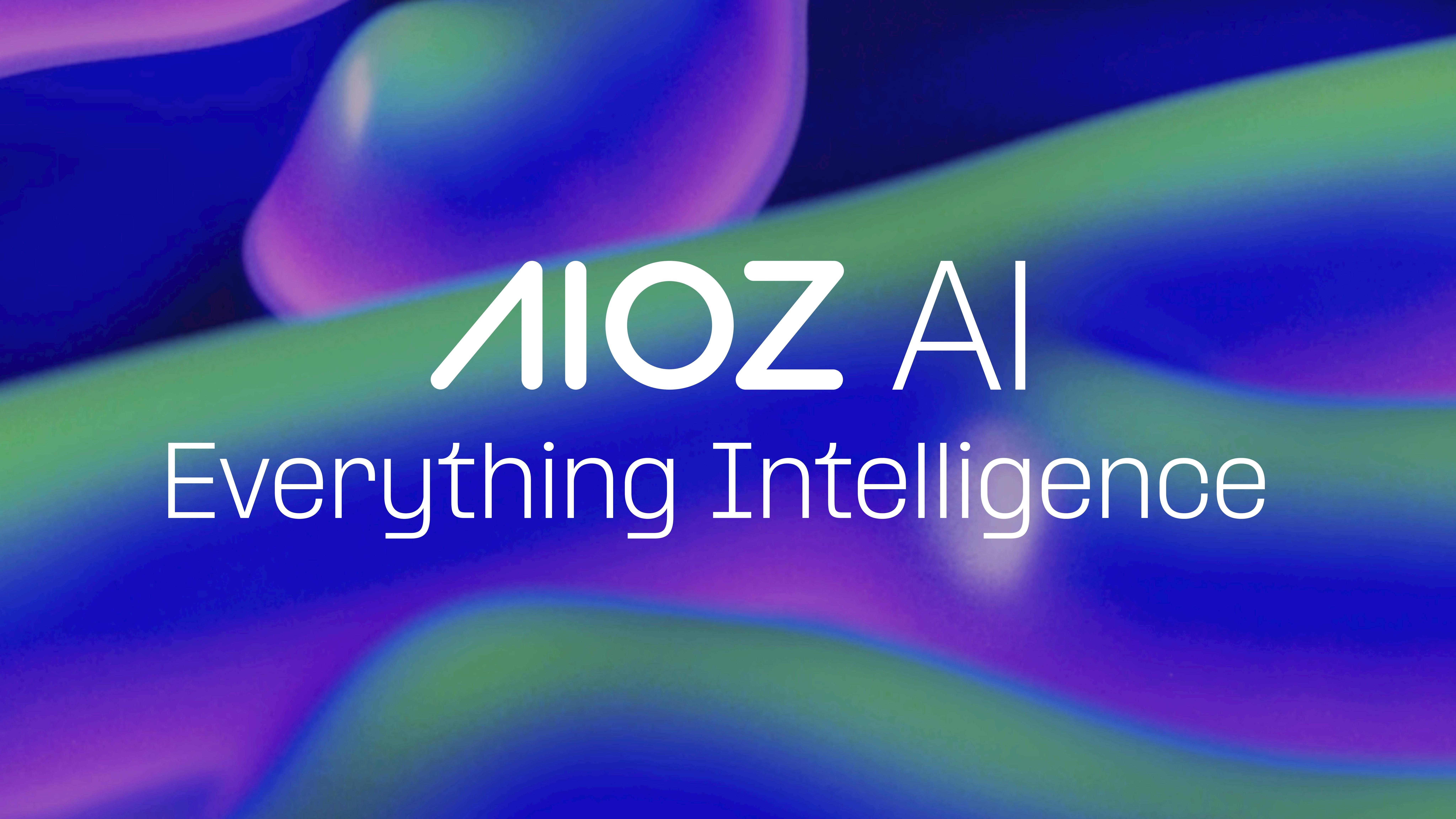Aaron Dhaliwal, CEO of The dog isan AI recruitment platform.
As CEO of an AI-powered talent platform supporting clients in North America, Europe and the Middle East, I have witnessed artificial intelligence evolve from promise to practice in every major industry. Yet I think few sectors embody this transformation as vividly as the energy sector.
AI is now the driving force behind the global energy transition. It can predict demand on the electricity grid, optimize renewable energy sources, improve safety and reduce emissions. But amid these breakthroughs, a quieter development is underway – one that is redefining how energy companies find, evaluate and develop the people who make it all possible.
My company operates in six major sectors, and I have found that energy – including renewables, utilities, oil and gas and emerging clean technology – is among the fastest evolving sectors. The workforce that powers this transformation looks markedly different than it did five years ago. The most sought-after professionals are not just engineers and project managers; they are data scientists, AI specialists and digital innovators fluent in both energy systems and advanced analytics.
A new kind of energy engineer is needed.
The modern network is no longer a static network; it is a dynamic, data-driven ecosystem. Artificial intelligence allows utilities to predict demand, detect errors and integrate renewable energy sources with unprecedented precision. This evolution requires a new kind of engineer: one who controls both energy infrastructure and machine intelligence.
I’ve noticed that utilities are increasingly hiring professionals who are able to navigate predictive maintenance platforms, digital twins, and AI-powered optimization tools. These hybrid experts must bridge the gap between traditional energy technology and data-driven decision-making.
For candidates, demonstrating expertise in smart grid analytics, real-time monitoring and digital asset management has become the new foundation.
New intelligence expands the types of roles available in renewable energy planning.
Renewable energy projects are now planned and executed with the precision of algorithmic insight. AI models can simulate solar performance, predict wind variability, and optimize storage, turning massive data sets into actionable intelligence.
This shift expands the industry’s talent map. New positions such as renewable data strategist, AI project planner and digital operations leader are emerging as core roles within energy companies. Success in these roles often requires not only technical skill, but also the ability to interpret complex data and translate it into clear operational strategies.
I’ve noticed that forward-thinking employers are rewriting job descriptions to reflect this reality. They prioritize AI literacy, digital communications and systems thinking as essential competencies for the next generation of clean energy professionals.
Field technicians and maintenance supervisors must find the balance between technology and the human touch.
AI has revolutionized asset management. Turbines, substations and pipelines can now transmit millions of data points every day, enabling predictive maintenance and preventing failures before they happen. But technology alone is not enough; the insight must be translated into decisive human action.
Field technicians and maintenance supervisors must evolve into digitally skilled problem solvers. Those who can interpret sensor data and integrate AI insights into their decision-making are fast becoming valuable assets.
I think adaptability has overtaken tenure as the strongest predictor of success. The ability to quickly learn new digital tools – and apply them in operational environments – has become a hallmark of high-performing engineering teams.
Smarter markets require smarter traders.
The energy trading industry is undergoing its own AI-driven transformation. Machine learning now powers everything from price forecasting to risk assessments, and I’ve found this has redefined what employers look for in their trading teams.
The modern trader must feel as comfortable analyzing the output of neural networks as they do reading market reports. Energy companies are recruiting professionals who combine quantitative insight, fluid data and strategic insight – a mix that can drive faster and more informed decisions in increasingly automated markets.
For professionals, mastering AI analytics, market modeling and algorithmic trading systems is quickly becoming the new relevant currency.
Digital operations and globalization are giving way to new virtual roles.
The digitalization of the energy sector has blurred the boundaries of geography and role structure. AI-enabled control rooms, remote monitoring centers and virtual operations hubs enable energy companies to manage assets globally, 24/7, with unprecedented visibility and efficiency.
As a result, new categories of work are emerging. Roles such as Virtual Asset Manager, Remote Systems Operator and Digital Integration Lead are now at the intersection of technology, operations and strategy.
These roles require a mix of technical mastery and communication skills: professionals who can collaborate across borders, interpret AI insights, and maintain operational continuity in increasingly digital ecosystems.
Employees will face new challenges.
I’ve had a front-row seat to how AI is reshaping the energy workforce, both the incredible potential and the growing pains. One of the most immediate challenges I’ve seen is the displacement and redefinition of roles that once relied heavily on manual or experiential knowledge.
In upstream operations, for example, AI-driven predictive maintenance systems have reduced the need for on-site inspection teams, while automated renewable energy monitoring tools have streamlined asset management to the point where a handful of engineers can oversee what used to require dozens. These efficiencies are powerful, but have also left some experienced engineers struggling to find where they fit in an increasingly data-centric environment.
Beyond job losses, the more subtle challenge lies in the shift in skills expectations. The industry has long valued practical operational expertise, but many of today’s energy employers prioritize data literacy, programming fluency, and comfort with algorithmic systems.
That’s a steep learning curve for some mid-career professionals, especially in the traditional oil, gas and utilities sectors, where digital transformation came late. The risk is not just technological redundancy; it’s cultural friction. Teams that have spent decades optimizing physical systems are now being asked to trust and interpret digital systems, and that trust doesn’t happen overnight.
I suggest that companies focus on reskilling rather than replacing: ensuring that AI becomes an enhancer of human expertise, not a replacement for it.
It’s time to build the workforce that makes the future possible.
Artificial intelligence is not only transforming the way we produce and distribute energy; it fundamentally redefines who does that work and how they are hired, trained and retained.
The companies that invest in the right talent could define the next decade of progress, resilience and sustainability in the global energy economy.
Forbes Business Council is the most important growth and networking organization for entrepreneurs and leaders. Am I eligible?









